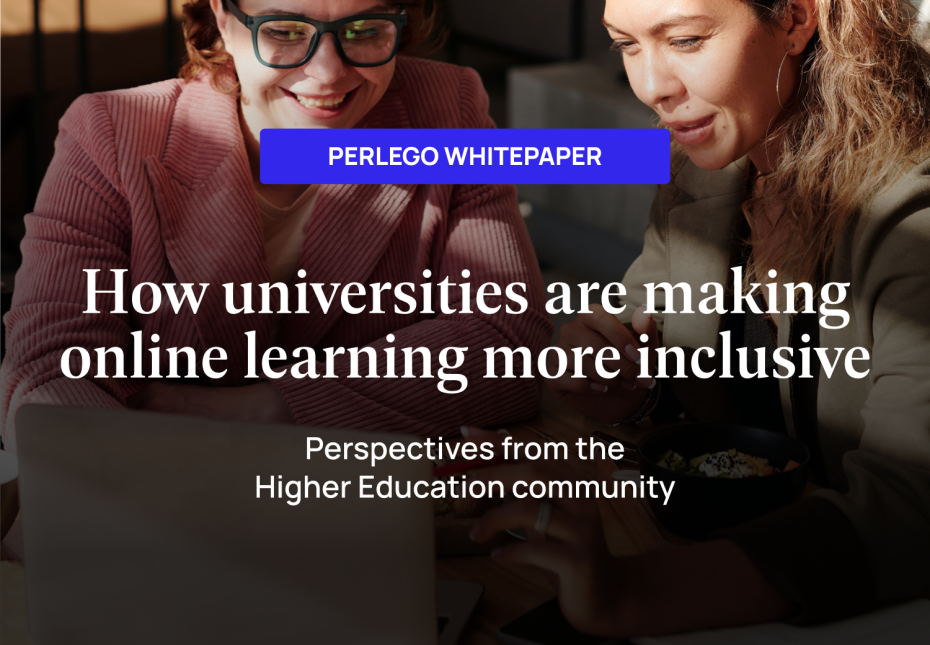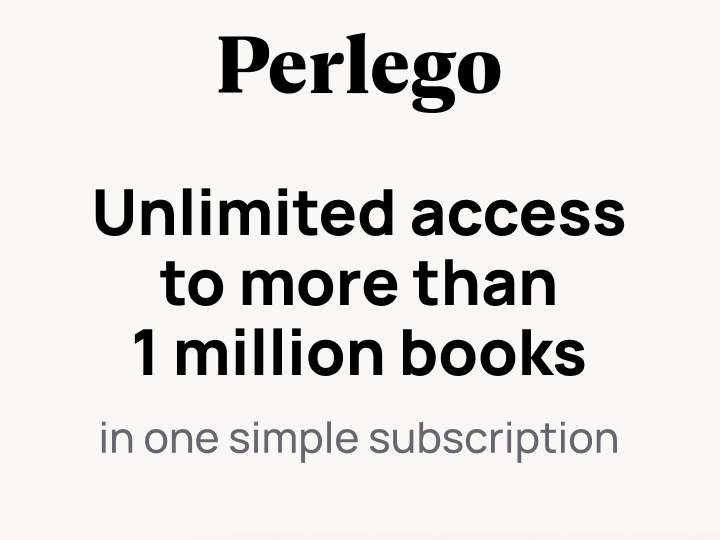
Overcoming barriers to digital reading

Reading digital texts in online platforms poses a series of significant challenges for students and those seeking to engage them with their studies. Pedagogies for teaching digital reading are not well developed and research has only touched the surface of the differences between how people read online and traditional, ‘analogue’ reading. But there are still quite a lot of things that we can do to help students to overcome the barriers they face when engaging with texts online. These can be divided into three areas: how we think about online reading; how we teach it; and how it relates to the overall curriculum that students take.
Mindset:
Our students are an increasingly diverse group of individuals so it is important not to assume anything about their reading practices and habits. Not everyone reads in the same way or for the same purpose, whether in their everyday lives or for their university studies. Different platforms or formats for accessing text affect how we read too. A one-size-fits-all approach to teaching digital reading is therefore unlikely to reap as many rewards as a flexible one that respects diversity of readers, contexts of reading, the texts themselves and the platforms on which they are presented. Relatedly, while it is tempting to consider digital reading as somehow divorced from the physical world, it is vitally important to recognise that there are specific impediments to engaging with online reading, from insufficient internet access to the headaches, eye ache and backache that many students report experiencing when reading online for extended periods of time. Equipping students to deal with these very tangible barriers to engagement should play an important role, alongside the cultivation of effective teaching and learning strategies.
Pedagogy:
One way of teaching students how to read digital texts is simply to tell them how to do so via introductory lectures and guidance. While these methods can play a role in setting basic expectations, they are not a very effective means of developing students’ practical skills. More impactful are pedagogic strategies that invite students to engage actively with texts by responding to questions and other prompts, including extracting, processing and presenting information that derives from what they are reading.
Simply requiring students to add a comment or two to a relatively short reading can engage them in much deeper learning than asking them to read a longer text in a less focused manner. Similarly, encouraging students to read collaboratively, to share their thoughts with one another when reading the same text - for example through shared comments - can be powerful drivers for learning, opening up varied insights into the material that is being covered. Finally, while it’s important to set high expectations, it may be best to begin with manageable amounts of reading and build up the volume over the course of a degree programme. This will enable students to develop the habit of reading rather than being put off right from the start.
Curriculum
It is also important to think beyond the individual module and to consider the curriculum as a whole if students are to develop their skills in digital reading in a structured way. Training should be provided, but it should be scaffolded throughout degree programmes, with consideration given to factors such as progression between levels (as opposed to assuming that first-year induction is enough), repetition and reinforcement (as opposed to one-off delivery), and integration across a range of modules. Further, while reading is generic and transferable, a fundamental skill for success in higher education, this should not blind us to the fact that there are a range of discipline-specific reading capabilities that students need to master if they are to do well in their subject. Consideration should thus be given to what those skills are and, especially, how they relate to digital reading practices and platforms.
Finally, given its ubiquity, importance and the time that students spend doing it, it has always struck me as odd that we usually only evaluate students’ skills in reading at one remove, via the result of their reading such as essays and exams, for example. This is far too late to make meaningful interventions to support improvement in reading skills. Because they enable the teacher to gain insights into student practices as they are doing it, digital platforms offer the possibility to assess reading in a more ongoing fashion than has been possible in the past. More direct assessment of reading has the added benefit of making it plain to students that we, as academic teachers, take such activity seriously and are willing to reward them for the effort that they have put into doing it.
Jamie Wood, Professor of History and Education, University of Lincoln.
To discover more about overcoming digital reading barriers, download the Whitepaper ‘How universities are making online learning more inclusive’.


